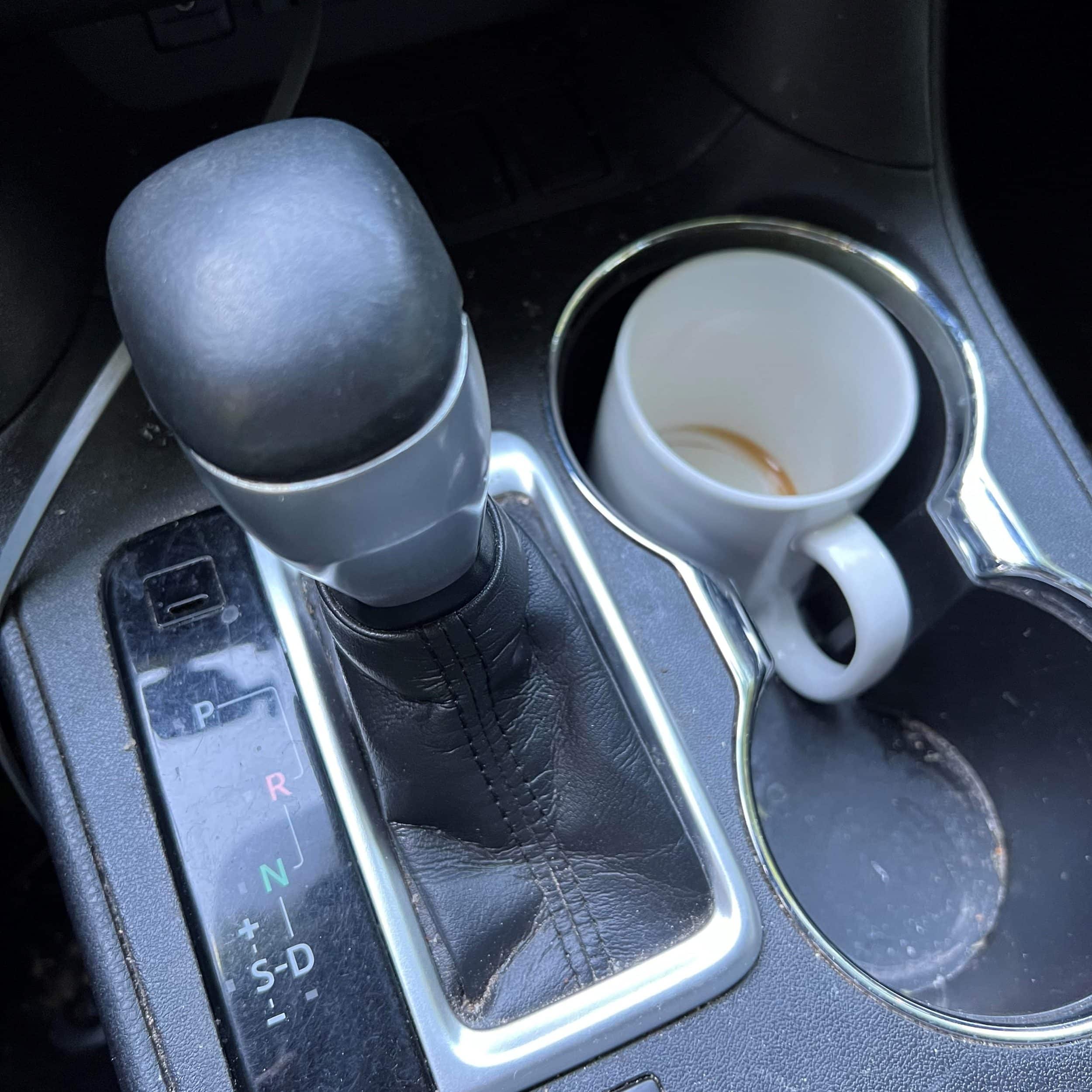I get maximum use out of my socks – just ask my wife Mary. Holes in the toes do not bother me. In fact, finding a sock without a hole is a challenge in my sock drawer. But I have my reasons. Waste not and use what you have until it stops working for you – and then – find another use for it.
That approach was general practice as I grew up in the 1960s, based on watching my parents and grandparents practice their version of the three R’s of recycling, long before it became a theme of the Green Revolution. Reduce, reuse and recycle were practice in my home.
We did not use many paper or plastic products for one thing (reduce). We reused glass jars and plastic containers, and worn out items, like socks and old shirts, for other purposes (reuse). We collected newspaper that we sold for a penny a pound to the local pressed plant pot factory and glass bottles that got us a nickel apiece from any local grocery store (recycle). We also composted.
These practices remain a part of me and my wife’s essence – including my old socks. Every now and then, some of my more holy and threadbare socks find their way to a pile outside of the sock drawer. It is a sign for me to move them to my shop for their new lives as rags.
But even there, they find extended use to the point that I have to turn away as I finally toss them in the trash – covered in paint, glue, and other manner of grime, such that they have no more “clean” spots to use. Sad days.
As we celebrate Earth Day this year, please consider this challenge. Find at least one thing you can do to practice each of the three Rs – throughout the year. Here are a few suggestions.
Reduce – Give up those disposable cups. I prefer coffee served in a ceramic cup. It tastes better! I carry my cup with me in my car when I leave the house and will bring it to meetings to use, instead of using those single-use cups. A travel mug works the same way.

Reuse – Besides old socks, plastic, glass or cardboard containers can be reused. We freeze leftovers in butter containers or glass jars. Cardboard can be used in your shop or to line planting beds. Cats prefer cardboard boxes to store bought playhouses.
Recycle – Be diligent about putting out the recyclable items that your garbage collector allows. For those that are not collected, ask around about alternative locations to drop them off. For odd items, like old tires, computers, and batteries, county waste collection locations will often allow residents to dispose of them, free of charge.
Compost – Composting is recycling of organic waste into more organic goodies. Whether destined for the garden or a few pots on your porch, homemade compost is far better than anything you can purchase.
As for the why do it, statistics may help. Research about what constitutes an average household’s garbage suggest that as much as 75% can be reused, recycled or composted. Imagine how much more if we take out items that should not be there in the first place (reduced).
So, try and love your old socks till it hurts!
Hope to see you in our great outdoors!
Photos by Mark W. LaSalle